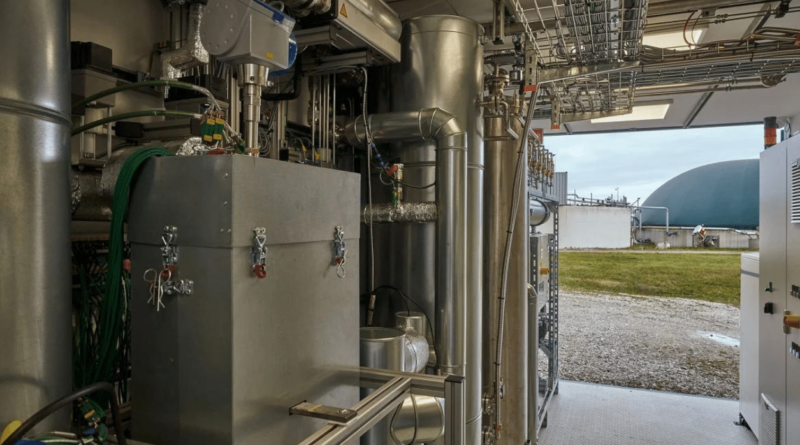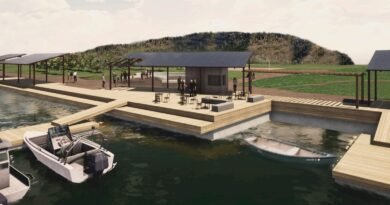Plug-and-play plants produce carbon negative power
German energy company Reverion is scaling renewable energy production while creating green hydrogen and capturing carbon – all in the same micropower plant.
The company’s power plants are built into shipping containers for ease of use and utilise high temperature fuel cells, rather than combustion engines. The fuel cells run on biogas, which comes from animal manure, making it a weather-independent renewable energy source.
By removing manure from the land, the plants reduce global methane emissions. And by eliminating the need for fossil fuel, emissions drop further. Biogas is used to create biomethane, a fuel source capable of directly replacing fossil fuels. It can be pumped into existing infrastructure, requiring no new parts or systems. Each unit produces a standard 100 kilowatts of energy and can be used in bundles for large facilities.
Upgrading the biogas to biomethane produces carbon dioxide, another useful resource. The captured CO2 can be stored or used as an ingredient in a range of chemical production processes. Reverion stores it under the sea or sells it for industrial use. And when the plants produce more energy than is required, the system reverses and begins making and storing green hydrogen.
Reverion is currently working on an expansion to the biogas upgrading plant of Landwärme, which will increase output and enable the capture and storage of carbon dioxide. The collaboration recently won the 2022 German gas industry innovation award. Reverion’s development plans include expanding into other locations as companies seek to transition their plants to renewable energy.
The European Biogas Association sees vast opportunity for the energy source to provide significant decarbonisation by 2050. In 2022, Europe produced three billion cubic metres (bcm) of biogas and biomethane combined. By 2035, that could rise to 35 bcm, and by 2050, 95 bcm, which would provide 30 to 40 per cent of all of Europe’s energy needs. Biomethane is quieter to run, meaning that heavy industry and personal transport vehicles would reduce noise, as well as carbon emissions. And because of the fuel’s ability to be pumped directly into existing pipes and other infrastructure, it is possible to convert large urban buildings to zero-emission or even carbon-negative locations.




